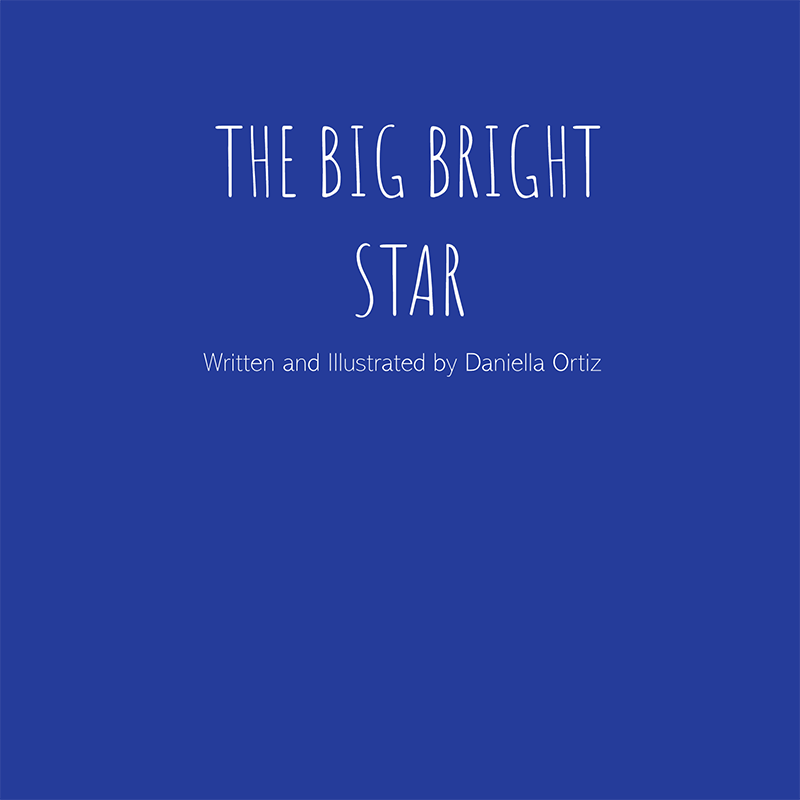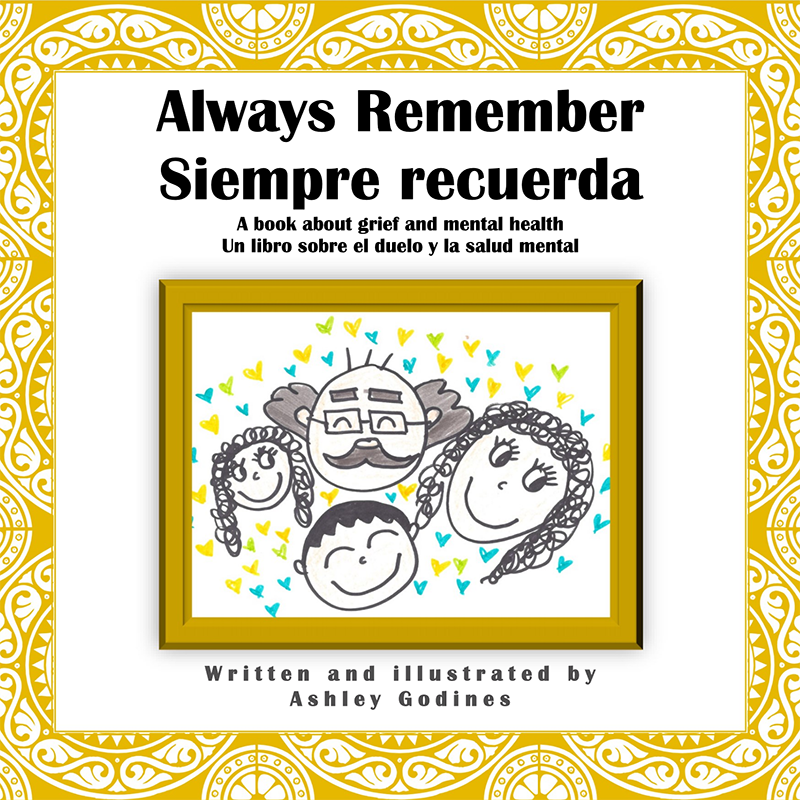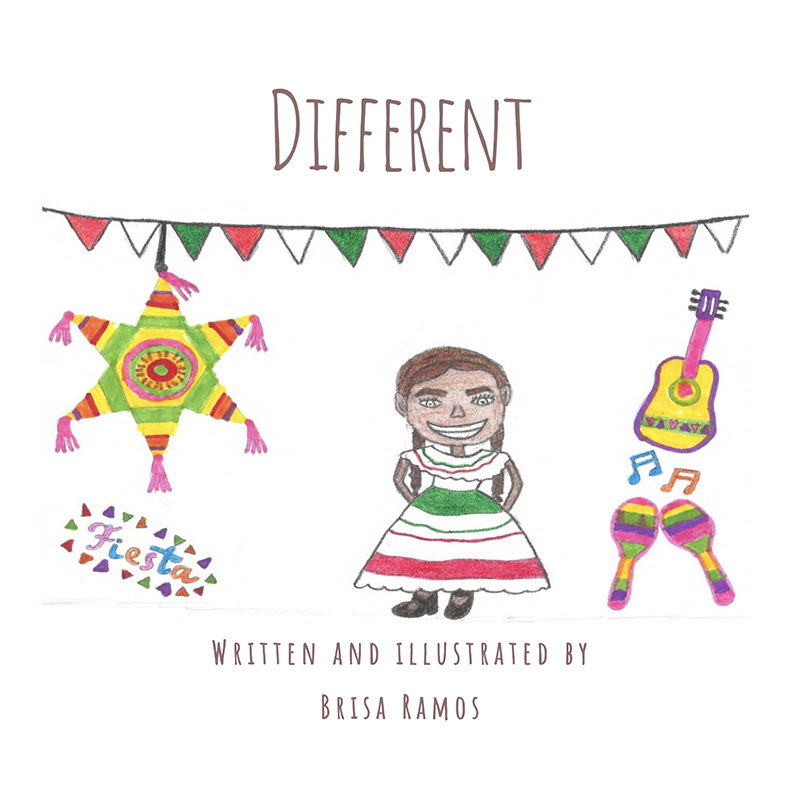Featured Books
Here's a look at just some of the titles proudly produced by TAMIU Border Lit students and alumni. Click below to view or download a PDF, if available. This gallery will be refreshed regularly.
Here's a look at just some of the titles proudly produced by TAMIU Border Lit students and alumni. Click below to view or download a PDF, if available. This gallery will be refreshed regularly.

Written and Illustrated by Daniela Ortiz

Written and Illustrated by Ashley Godines

Written and Illustrated by Brisa Ramos
The TAMIU Border Literature Project is a group of current students and alumni of the TAMIU Multicultural Children’s Literature course who are promoting the representation of border communities in children’s literature. As a part of the course, each of the students has written, illustrated, and produced an original children’s picture book that addresses the unique culture of Laredo. The final project is given to the TAMIU-LBV Literacy Partnership, which uses these books to tutor students throughout Laredo elementary schools who are struggling with reading and writing.
The project’s aim is twofold:
First, studies have variously shown that when “when children can see themselves represented in the books they read, they can make more text-to-self, text-to-text, and text-to-world connections, thus increasing the likelihood that they will see reading as pleasurable, be motivated to read, develop a love of reading, and become proficient readers.” We want emerging readers in Laredo to be able to see themselves in the books they read, and develop a love of reading early in life.
Unfortunately, it is not always easy to find books that authentically represent border communities. TAMIU’s Multicultural Children’s Literature class seeks to acknowledge the well-documented underrepresentation of people of color in children’s literature. As Erin Winkler suggests, “the omission of Latin@ people in children’s books is especially egregious, given that that it stands in sharp contrast to current demographic data…Latin@ children are especially unlikely to find characters that look like they do or share their cultural experiences in the books they read.” In fact, less than 2% of children’s books published annually are by or about Latinx people. Racialized representations in children’s literature, or lack of culturally authentic representation, has proven to be a significant factor in achievement gaps between minority students and their peers. TAMIU students work to apply course concepts to their own communities and actively engage in research to address issues in their community through literature.
